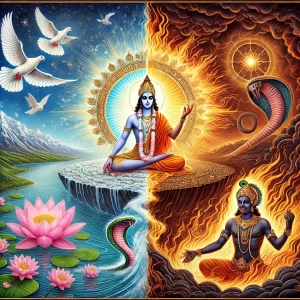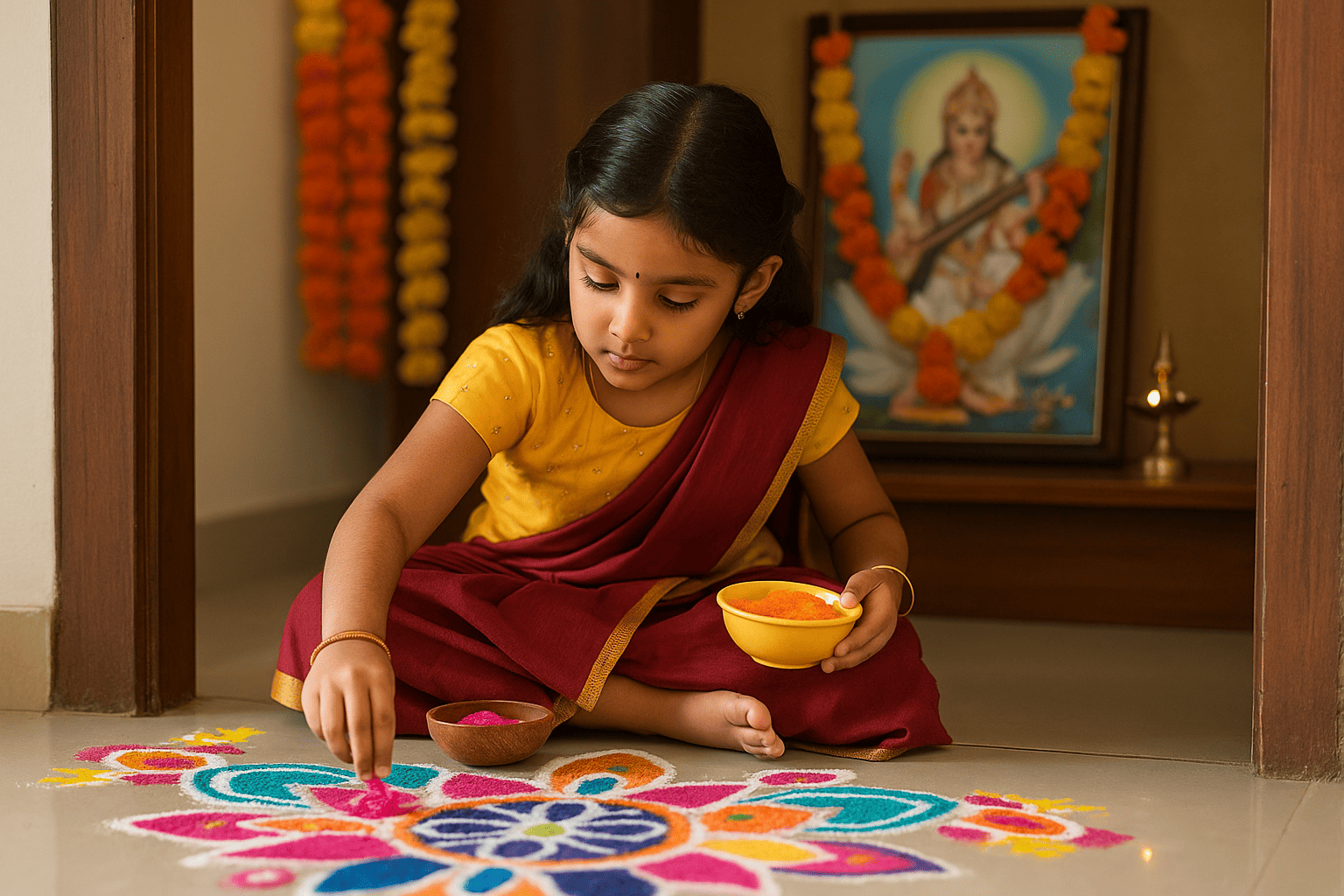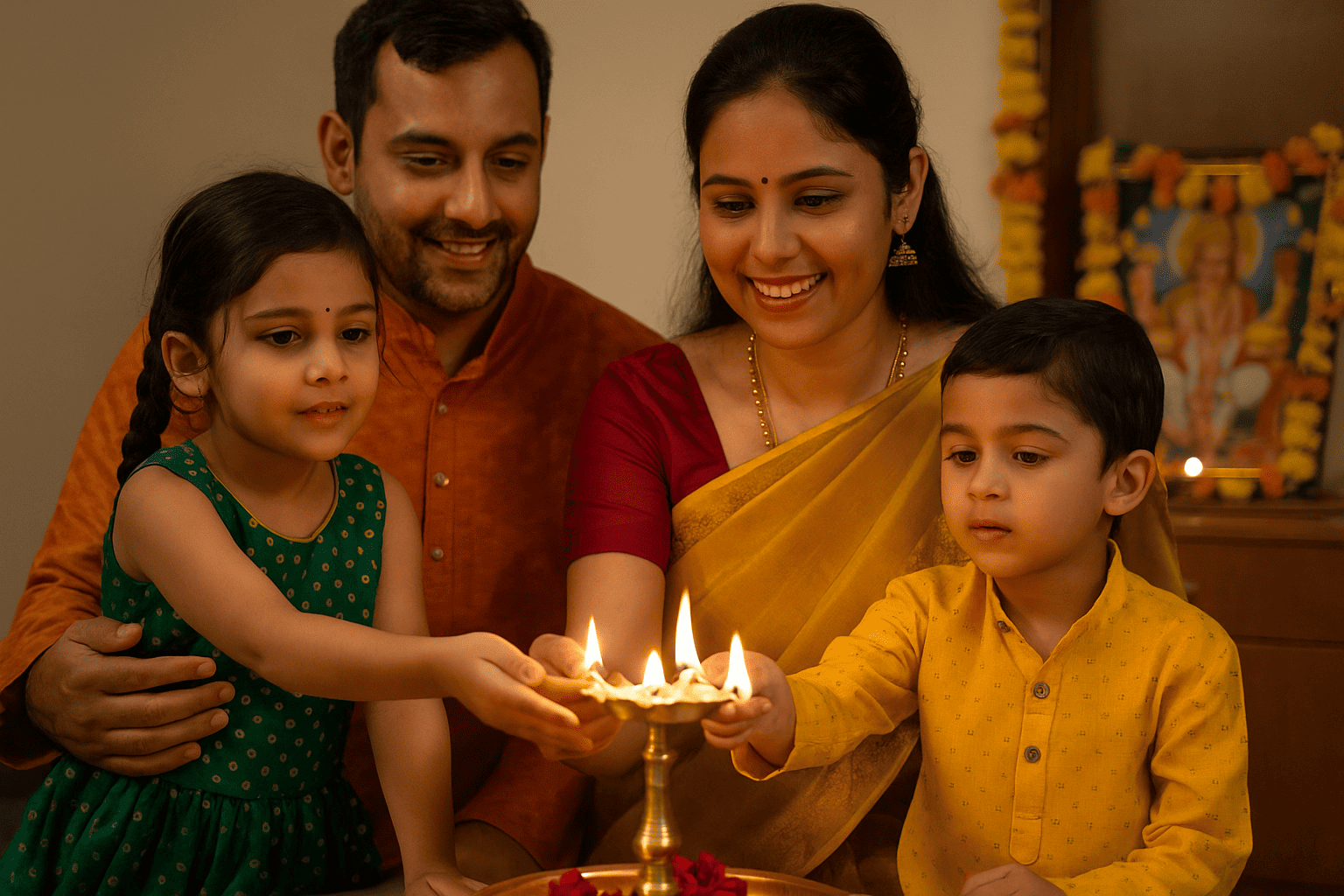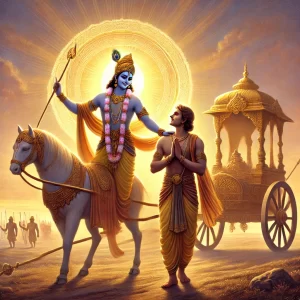
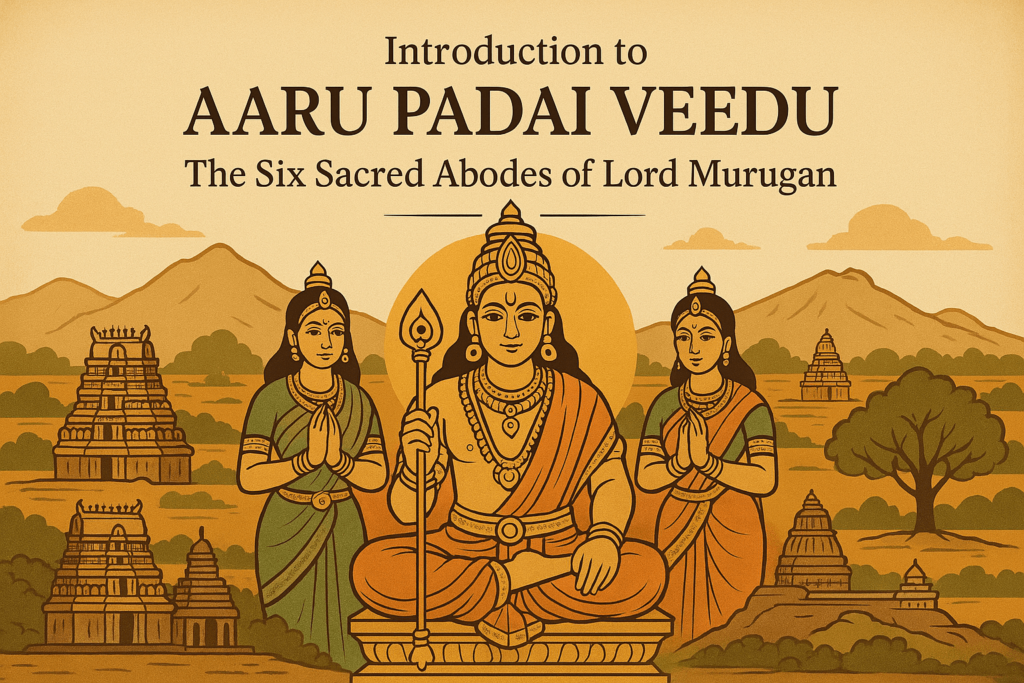
In the spiritual landscape of Tamil Nadu, there exists a divine pilgrimage—a path not merely through geography but through mythology, devotion, and the evolution of the soul. This sacred journey is known as the Aaru Padai Veedu (ஆறு படை வீடு), which means “Six Battle Camps” or more reverently, “The Six Sacred Abodes of Lord Murugan.”
Lord Murugan, also known as Kartikeya, Skanda, Subramanya, Shanmuga, and in Tamil as Murugan or Kumaran, is the eternal warrior, the embodiment of youthful divinity, and the very soul of Tamil spirituality. The son of Shiva and Parvati, he is both fierce and compassionate, a teacher and a lover, a commander of the celestial army and a humble renunciate. He represents courage, knowledge, purity, love, and victory over inner and outer demons.
The Aaru Padai Veedu are not merely temples; they are living myths, each one representing a pivotal moment in Murugan’s divine journey on earth. These moments are not confined to legend—they echo universal themes: the search for purpose, the pain of separation, the triumph over ego, the pursuit of wisdom, the discovery of love, and the realization of balance.
The six abodes are:
Thirupparamkunram – where Murugan marries Deivanai, the daughter of Indra, after the defeat of demons, symbolizing divine reward and union.
Thiruchendur – where he defeats the demon Surapadman by the ocean, a battle of good versus evil, of dharma over adharma.
Palani – where Murugan renounces the world after a cosmic test, choosing the hilltop solitude to reflect and awaken to deeper truth.
Swamimalai – where the child-god becomes a guru, teaching even Lord Shiva the meaning of the sacred syllable Om.
Thiruthani – where Murugan finds peace and weds Valli, the tribal maiden, symbolizing the harmony between the divine and the earthly.
Pazhamudircholai – the forest shrine, where Murugan dwells with both his consorts, Deivanai and Valli, representing fullness, grace, and wisdom, and where he humbles even the great saint Avvaiyar with his divine playfulness.
For centuries, devotees have walked, ridden, and now driven from one Veedu to the next—not merely to offer prayers, but to retrace the emotional and spiritual journey of Murugan himself. The six abodes are not arranged randomly; they mirror the progression of a seeker:
From victory (Thirupparamkunram)
To struggle and conquest (Thiruchendur)
Through detachment and self-discovery (Palani)
Into the realm of spiritual knowledge (Swamimalai)
Through love and harmony (Thiruthani)
And finally, toward integration and divine balance (Pazhamudircholai)
This is not just Murugan’s story. It is our story—told through temples carved into hillsides, whispered through ancient mantras, and carried on the winds of the Tamil countryside.
The Aaru Padai Veedu are pillars of Tamil identity and faith. Each temple is architecturally distinct, culturally rich, and spiritually profound. The poetry of Tiruppukazh, the songs of Arunagirinathar, and the devotion of millions have flowed through these abodes like sacred rivers, feeding the collective spirit of generations.
Murugan is not just a deity in these lands—he is a brother, a guide, a protector, and a friend. Children grow up hearing his tales, women pray to him for strength and courage, and elders whisper his name in times of distress and joy alike. His presence is felt in every flame lit before his vel, in every peacock feather tucked into temple walls, and in every echoing chant of “Muruga, Muruga!”
In a world of noise and distraction, the Aaru Padai Veedu remind us to reconnect—with our roots, with our inner strength, and with the divine that waits patiently within us. Whether one visits all six temples physically or reflects upon their stories in spirit, the pilgrimage of Murugan is a call to awaken.
It asks us:
What battles are we fighting within ourselves?
Where do we seek love and understanding?
Can we put aside ego to receive truth?
And ultimately—what does it mean to be victorious in spirit?
To walk the path of Aaru Padai Veedu is to walk with Murugan—not just behind him, but beside him. To listen to his silence on the hilltop of Palani. To watch him teach wisdom on the slopes of Swamimalai. To feel his sword strike illusion on the shores of Thiruchendur. To watch him embrace love under the moonlit sky of Thiruthani. To smile with him among the fruit trees of Pazhamudircholai.
Each abode is a chapter in a sacred epic. Together, they form a living scripture, written not in Sanskrit or Tamil alone, but in the soul of every devotee who dares to follow.


